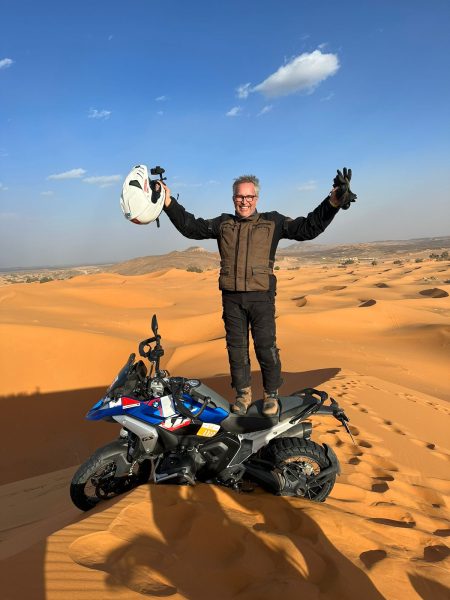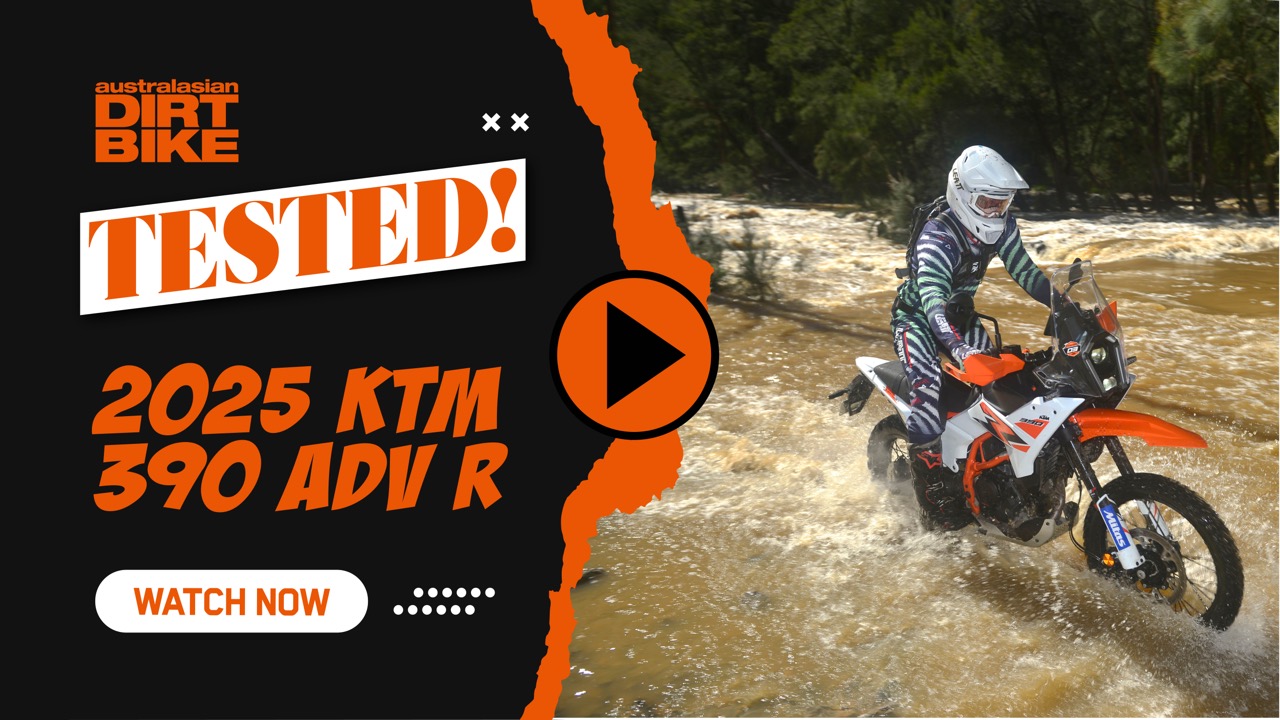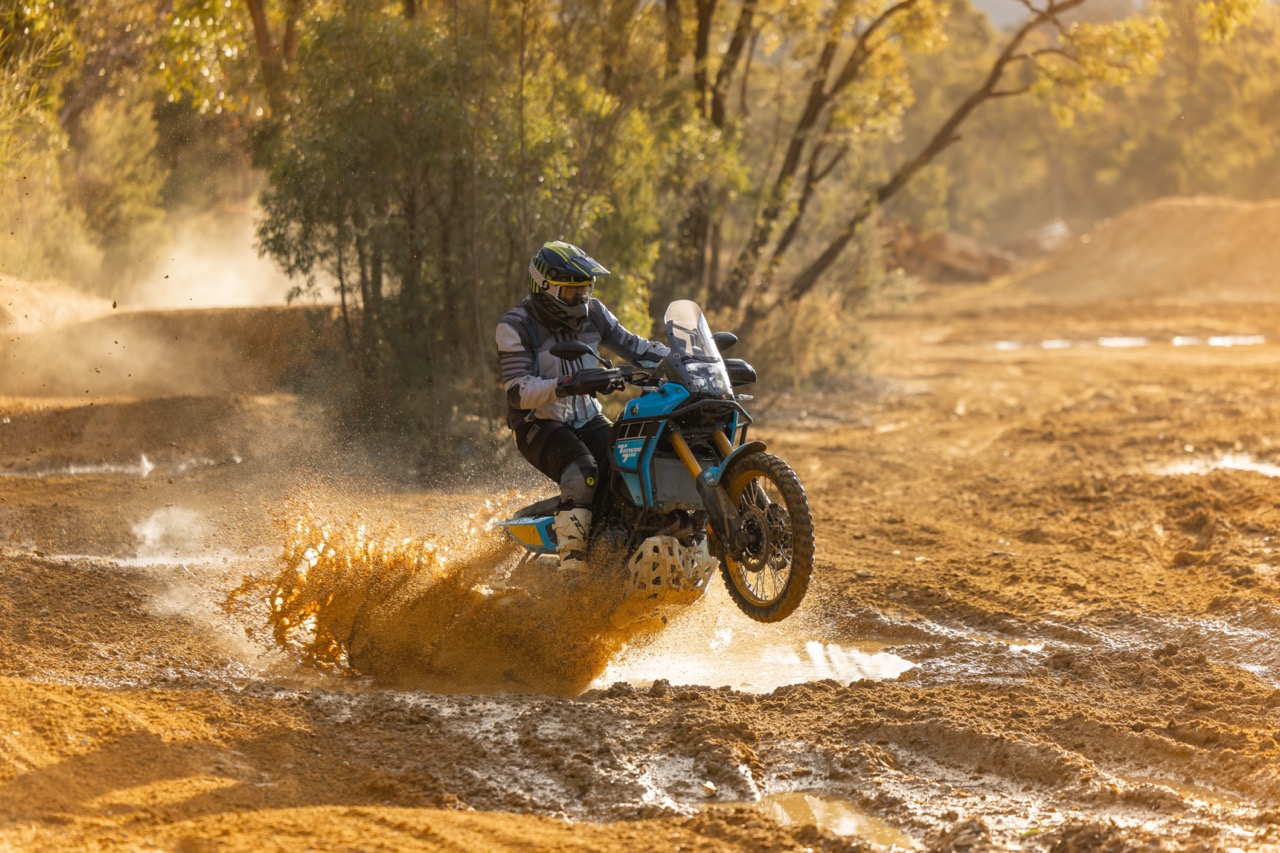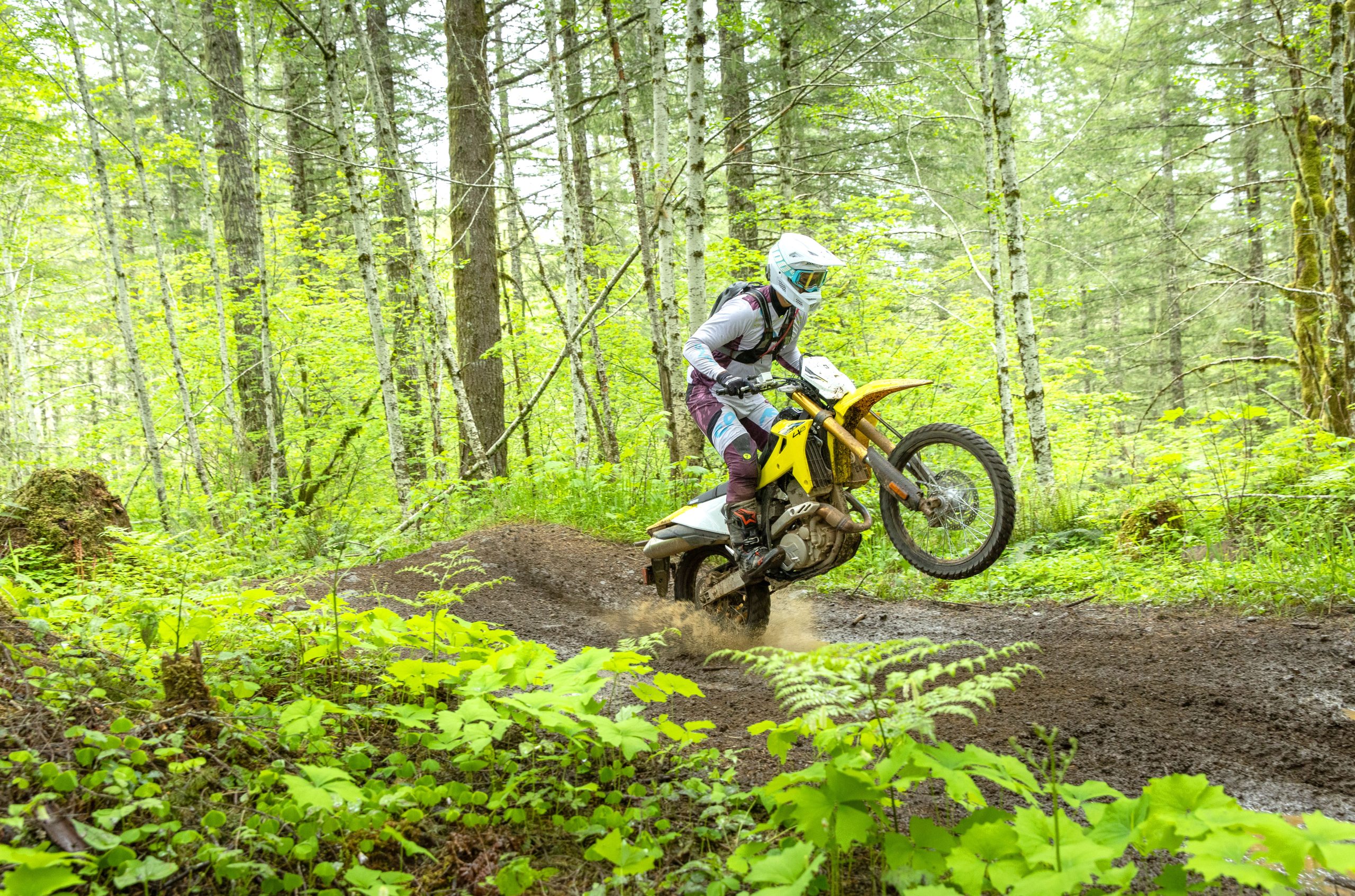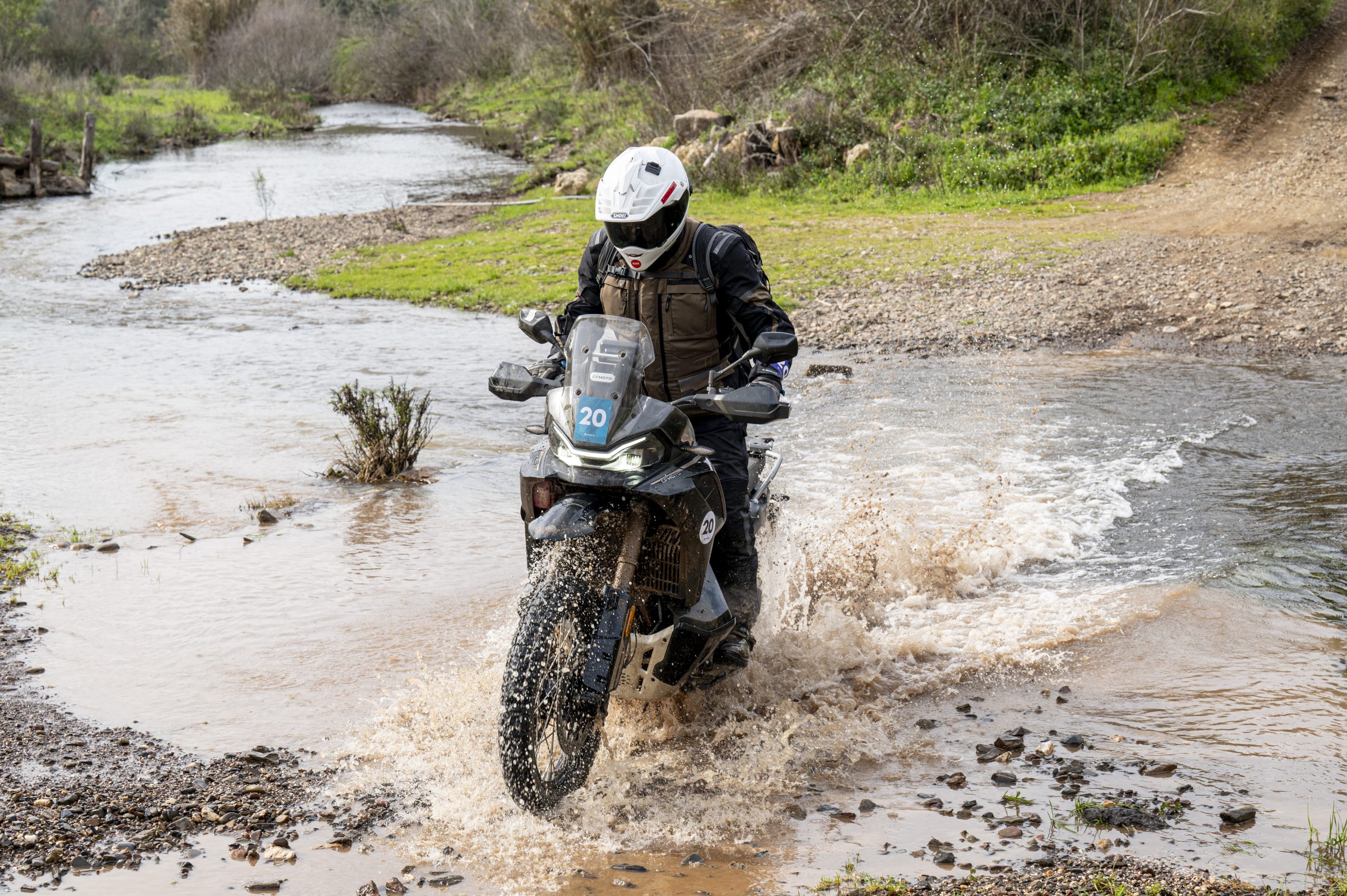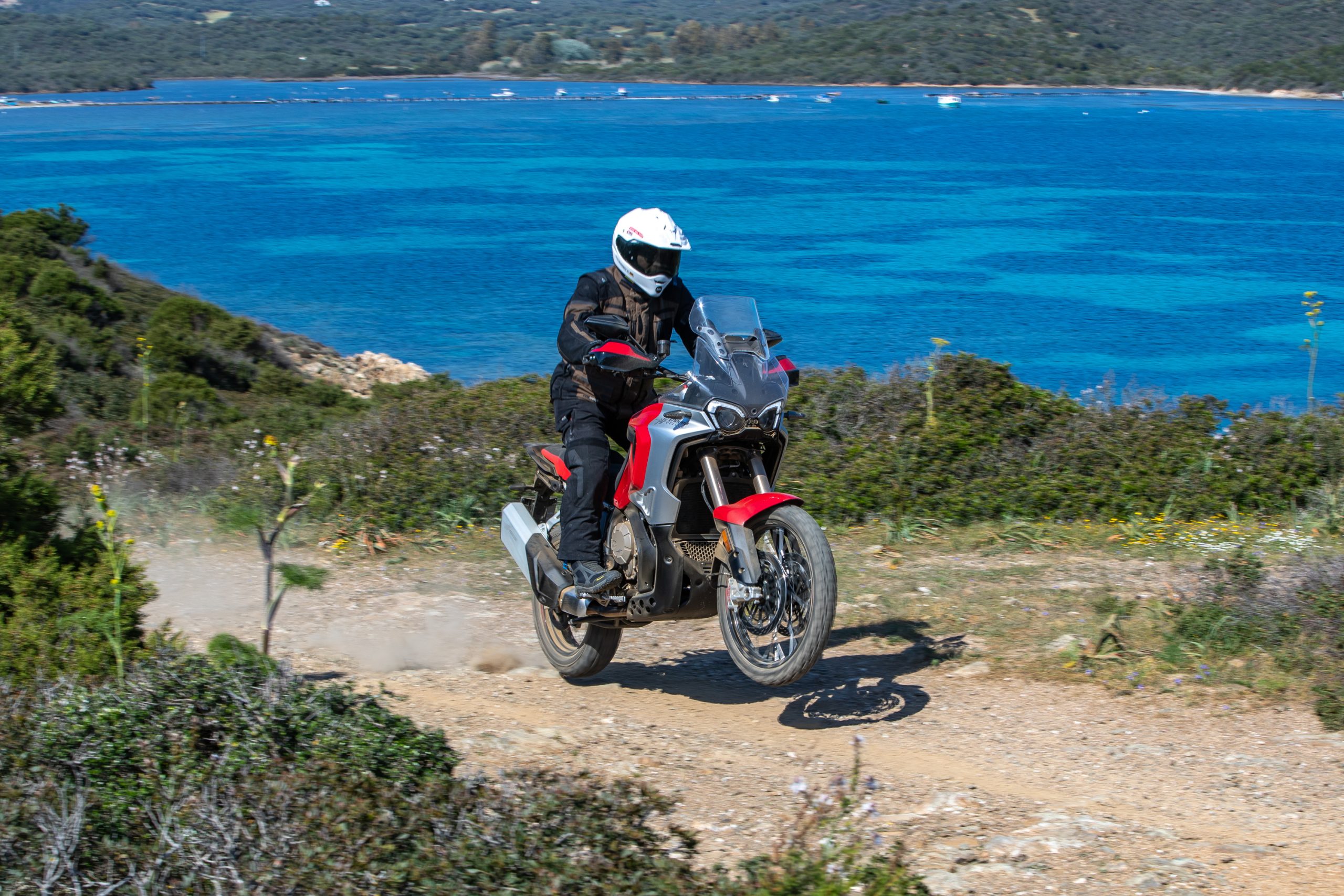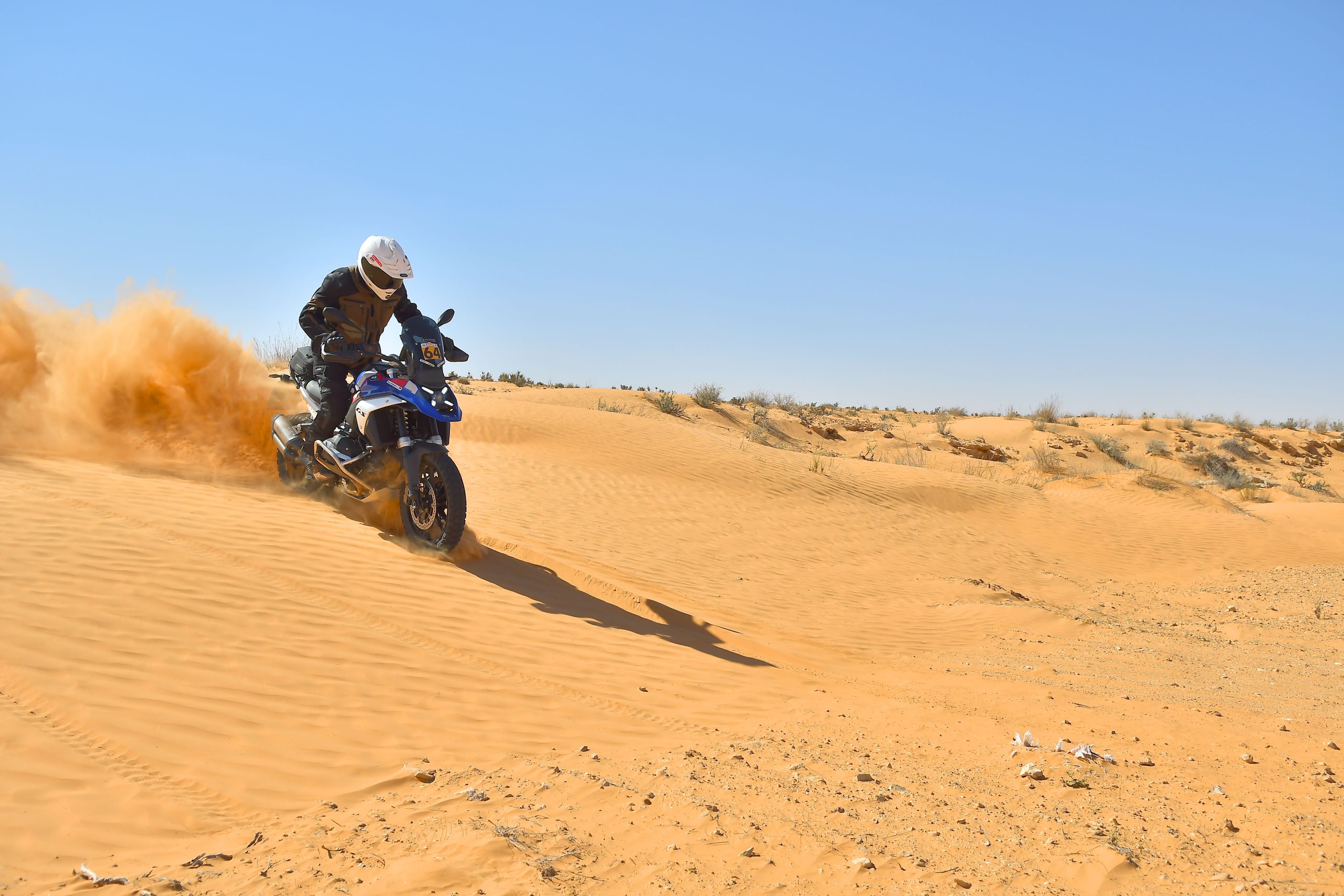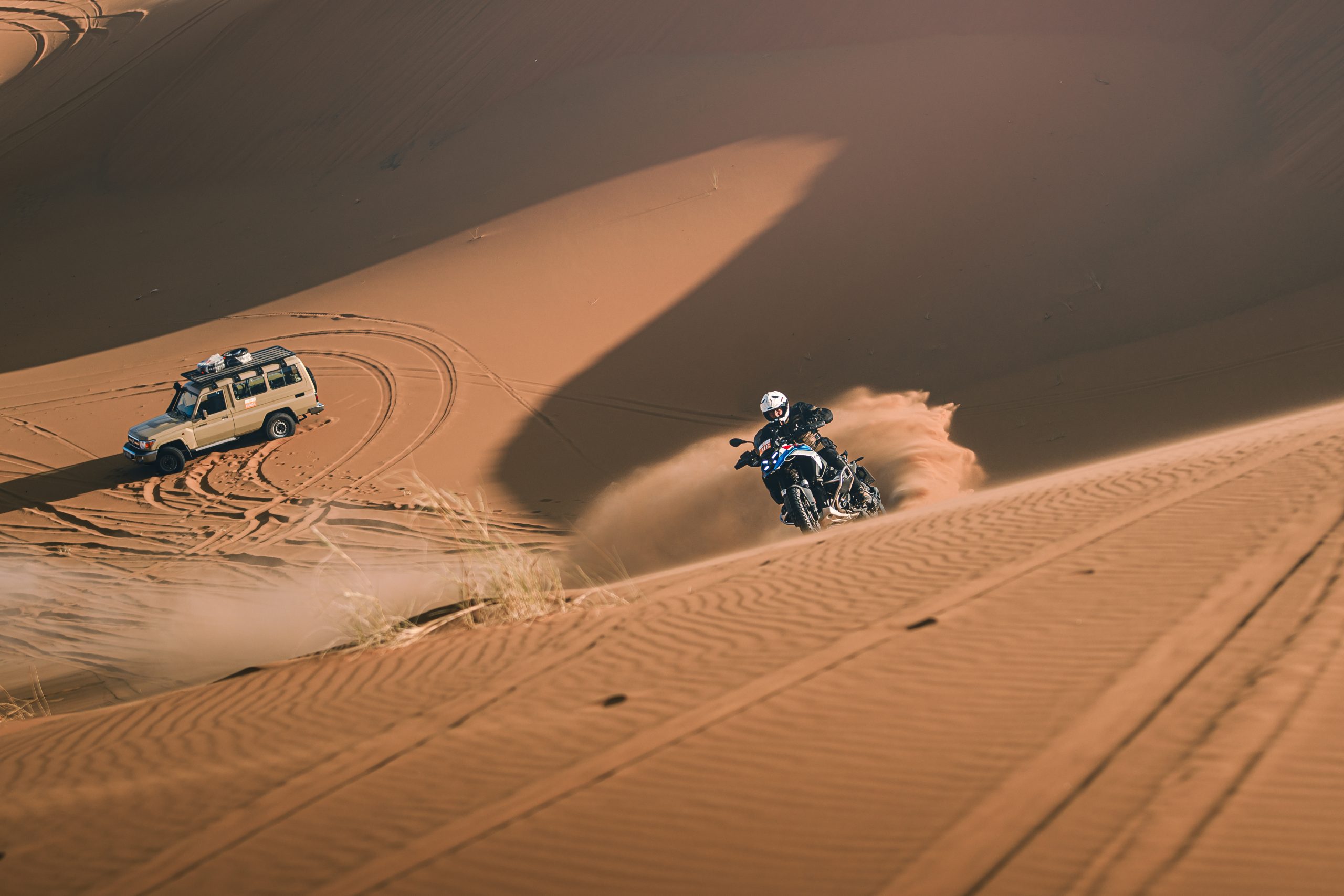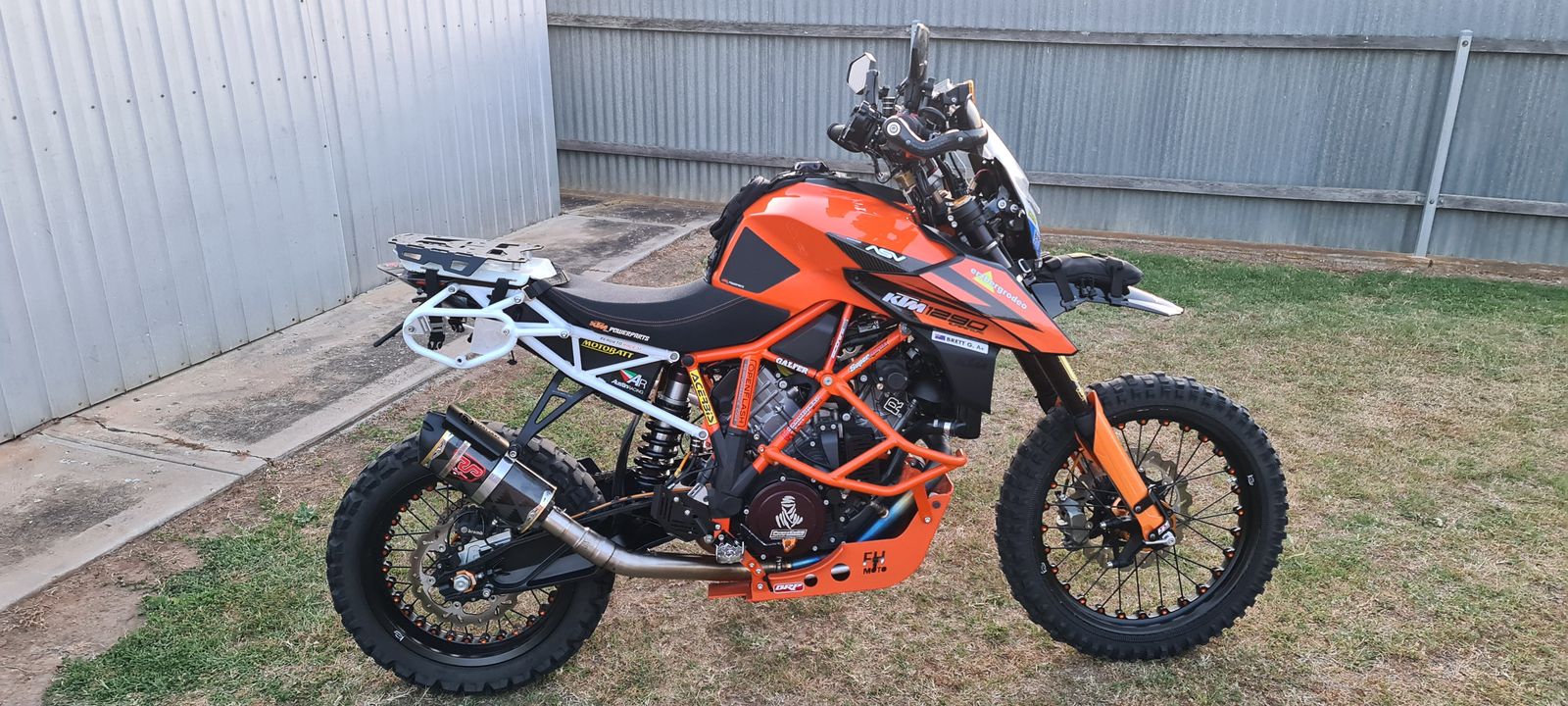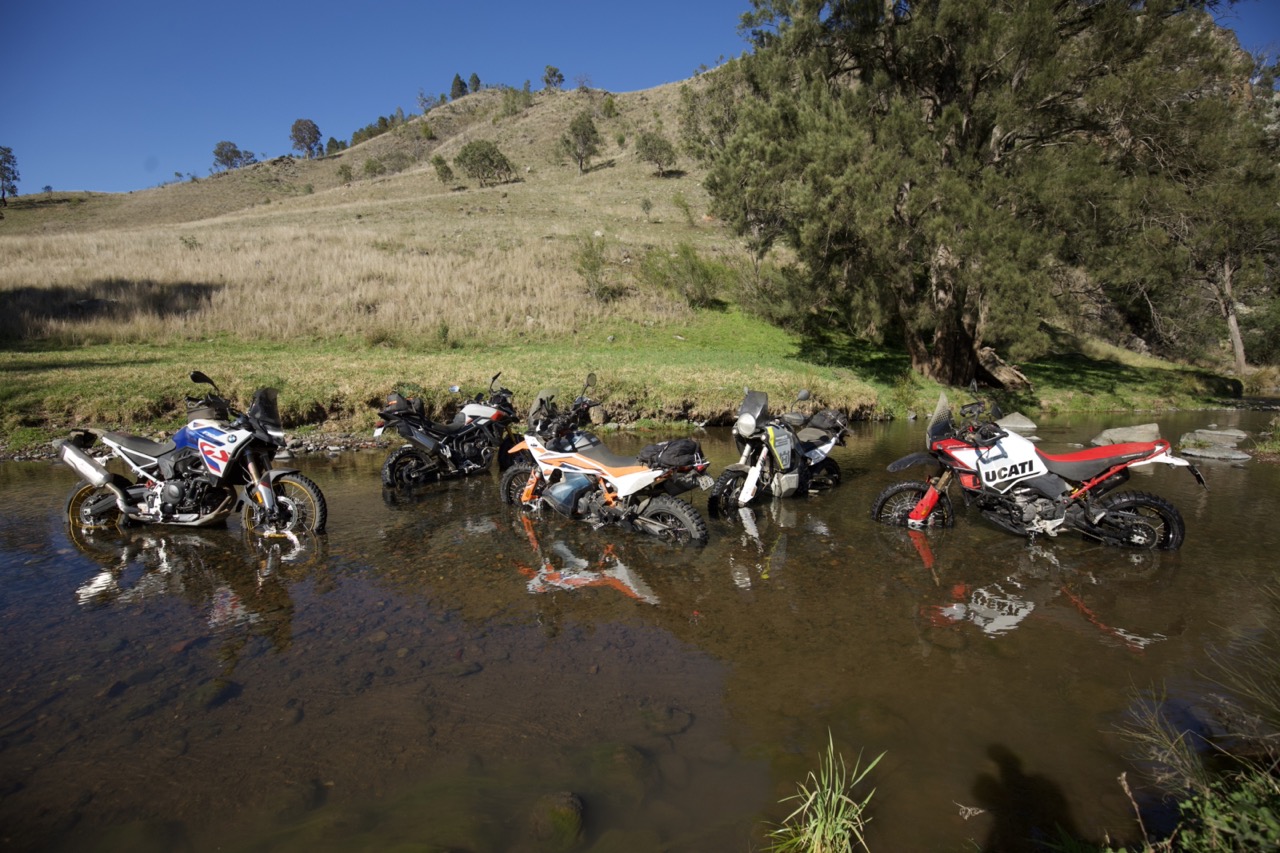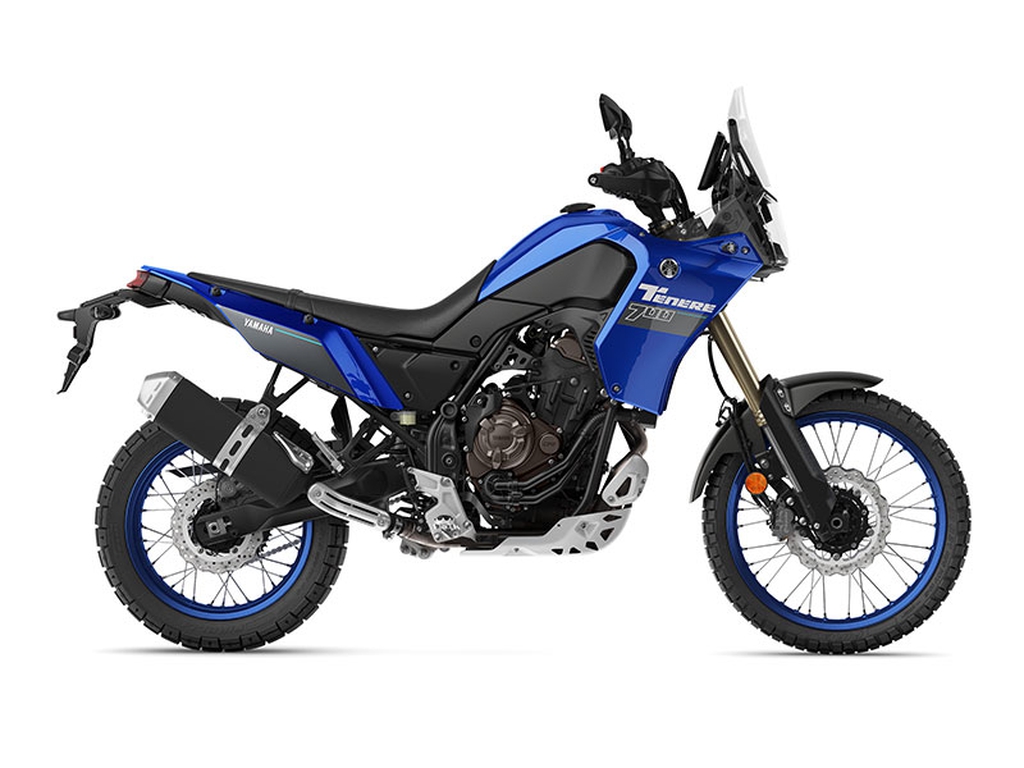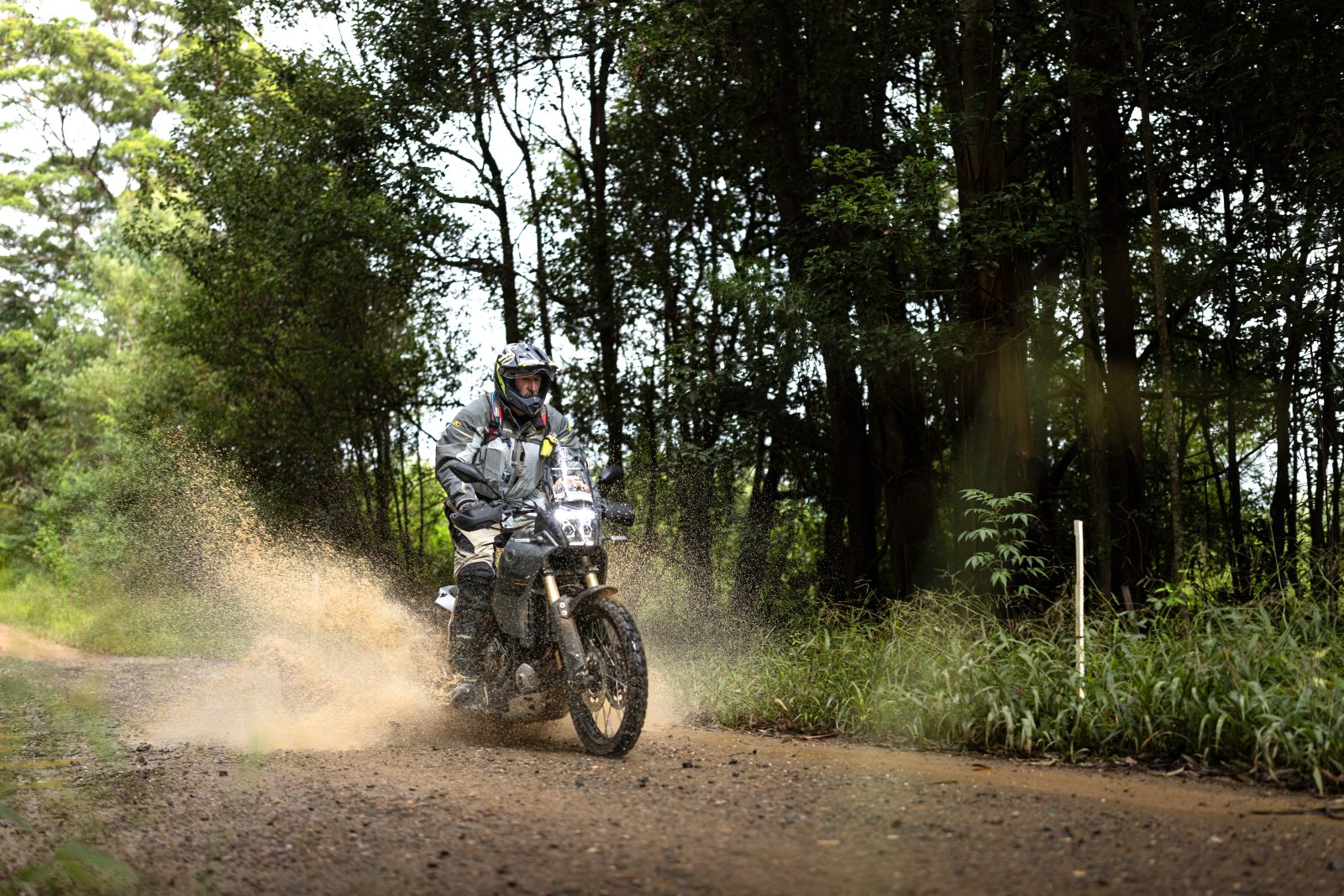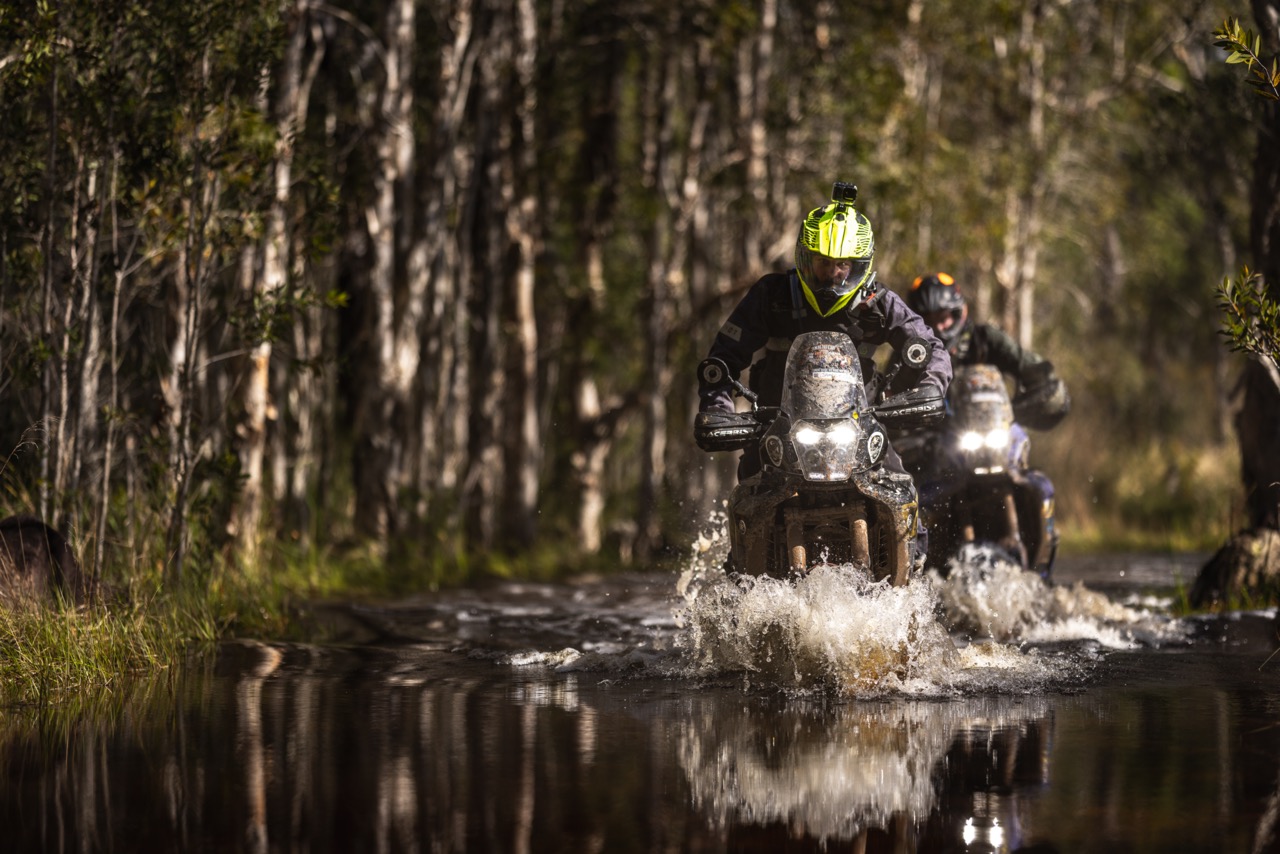I returned home from the press launch of the BMW R 1300 GS in Málaga in October 2023 with mixed feelings. On the one hand, I was totally enthusiastic about the bike’s brilliant handling on the road, but on the other, I was disappointed by the off-road part of the presentation, which was too short. It became clear from the short stints on the dirt roads that something had changed in the off-road characteristics of the Beemer. However, in order to really understand what Head of Development Christof Lischka (himself a passionate rally racer) raved about, it would have taken long daily stages off-road with varied terrain, let’s say like those of a rally….
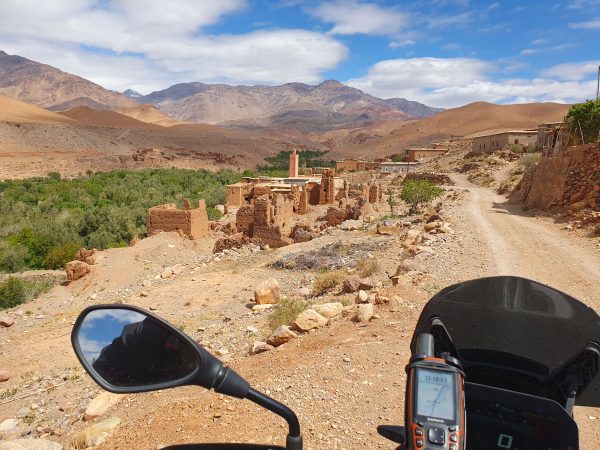
There are plenty of historic role models for racing with the Boxer in Africa: Hubert Auriol founded the myth of the twin based on the first R 80 G/S with his victories the Paris-Dakar Rally in 1981 and 1983, Gaston Rahier went one better with two further successes in 1984 and 1985 on the HPN-BMW. After the turn of the millennium, BMW attacked once again with the boxer, and in 2000 the American Jimmy Lewis actually made it onto the Dakar podium (the second victory in a row after 1999 went to Richard Sainct on the single-cylinder F 650 RR). A few years later, BMW got involved in off-road races with the HP 2, but the rally commitment had come to an end also due to changes in the regulations.
Hence the spontaneous idea of putting the GS 1300 through its paces over around 3.000 kilometers of off-road rallies on African soil, with the Swank Rally Tunisia and the Lamas Rally Morocco being the perfect events to implement the project (see info boxes).
In the paddocks of Douz in Tunisia and Er Racchidia in Morocco, the brand-new GS in production trim attracted a lot of attention, and the comments were not long in coming: “You’re crazy, you won’t have any fun with that machine, how are you going to make it through the dunes….?” In the midst of all the professional rally bikes, some of which still bear the start numbers of the last Dakar or the Africa Eco Race, the GS really is a bird of paradise. The bike is completely standard with some additional factory-equipment: sports suspension with 20 mm longer spring travel, plus the Enduro Package Pro, Dynamic Pro and DSA Dynamic Suspension Adjustment. The Akrapovic twin silencer is also fitted, and for the first test in Tunisia it is rolling on Metzeler Karoo 4 tyres mounted on the forged alloy off-road rims.
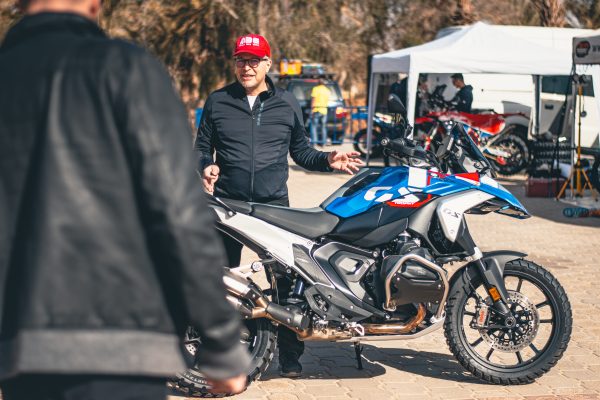
In the briefing before the prologue, organiser Renato Zocchi warned of the dangerous situations that would suddenly confront riders in the desert. He was proved right on the very first stretch of dirt road, as the “centre line” on the gravel was marked with large stones, difficult to see in the dust of the light sandstorm, which turned the entire ground into a uniform yellow sauce. As a result, the first few kilometres were almost like Russian roulette. So: let off steam and postpone the drift orgies with 136 hp until later! Because it’s not about results for me here, I’m not in the race classification, but am following the race route with the GPS track in the “Discovery” category.
The light sandstorm becomes more and more intense, the ground contour is difficult to recognise and the numerous changes of direction are a challenge with the GS in the deep sand. Sand drifts, sometimes a metre high, decorate the tracks and carry the BMW quite well: with a short burst of throttle, the machine rolls up and the powerful torque mills the bike calmly out of the sandpit again. WUAUW! This works better than expected, soon the confidence increases to conquer even the small dunes at the edge of the road. It’s incredible fun to let the Boxer plough away in second or third gear until it suddenly builds up traction again and flies back onto the track like a bullet. Even the first part of the timed special stage, a deep ravine around 30 feet wide with extremely deep sand and waves like in the Whoop-de-Doo section of an American Supercross event, is rideable with the GS! However, you have to concentrate extremely hard to cover every single inch of the track and never come to a standstill. This extraordinary stress rains me completely, after around on mile I take the emergency exit and ride off the racecourse, after the long winter months my fitness is not yet back to the desired level.
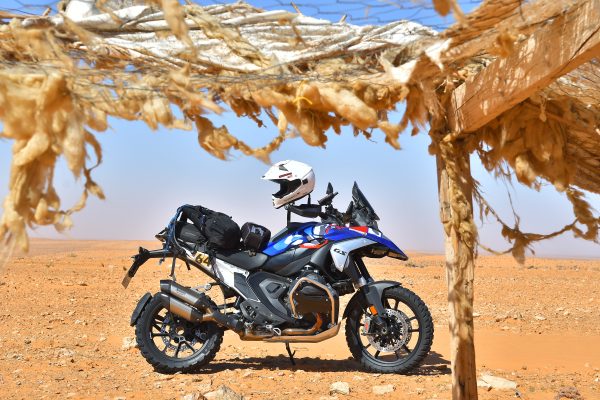
But nevertheless: it works! Unlike the old GS 1250, where you had to shift your weight far back and hang on to the handlebars with your arms almost outstretched and your buttocks pinched together, always hoping that the relatively spongy front end would somehow find its way through the sand… the 1300 steers completely differently. The riding position is more front-wheel orientated and the new Telelever with the fork tubes mounted rigid in both triple clamps has greatly improved the directional stability and accuracy of the front wheel. You no longer ride as a passenger on a heavy touring machine through the dirt, hoping that the GS will somehow find its own way across the entire width of the track. Now it’s up to you to decide for yourself where to go with great precision on the 1300. Very impressive!
The fast passage over a hard track with slight sand drifts is no less brilliant. In the rear-view mirror I can see the lights of the pursuers on their Yamaha Ténéré, but the GS flies unimpressed over the track at a speed of around 80-100 km/h with plenty of stability and aplomb. Traction control and ABS are deactivated, it’s great fun to open the throttle on the sand drifts, the Rally fever has taken hold of me again!

On the second day, the organiser asks me to take the road to the oasis of Ksar Ghilane as the route is littered with small and very soft dunes for over 100 km. I could get into trouble there with the 230 kg bike and it would be extremely complicated to send the pickup truck into the dunes to rescue me and the BMW. But at the end of the stage, I pluck up all my courage and let the GS run free on the small tracks through the dunes around the oasis: it’s incredible how easily and precisely the 1300cc bike can be manoeuvred through this sea of sand! The GS can be steered almost exclusively with the throttle and by shifting your body weight. If she sinks in on a dune: simply engage the next higher gear and let the beefy torque do the dirty work of digging the bike free again! Stops should be chosen carefully though, preferably on a firm stretch of sand slightly downhill, otherwise you should never stop moving until you’re back on solid ground between the dune crests.
I’m extremely excited, my blood is pumping through my veins, my heart is racing and the tension is rising to an unprecedented level. After half an hour in the sandpit, I return to the camp soaking wet and barely able to undo the chin strap of my helmet, my hands are shaking so much. Surfing through the dunes with 136 hp is the ultimate rush! The overdose of dopamine has pushed me to my physical limits and I’m on the verge of collapse, but the satisfied grin won’t leave my face for days to come!
The next day, on a fan of gravel tracks several hundred yards wide, the blatant improvement of the new GS 1300 in terms of stability at high speeds becomes apparent once again: at 100-120 km/h I can almost keep up with the rally bikes! On the relatively firm surface, only the occasional loose gravel reminds me to slow down. However, the Telelever and the Metzeler Karoo 4 simply push small rocks aside. Confidence in the GS grows with every stage and on every surface, the speed becomes faster and faster, the BMW conveys something like invulnerability and absolute sovereignty in the desert, even if it “only” rolls on a 19-inch front wheel and weighs quite a bit…
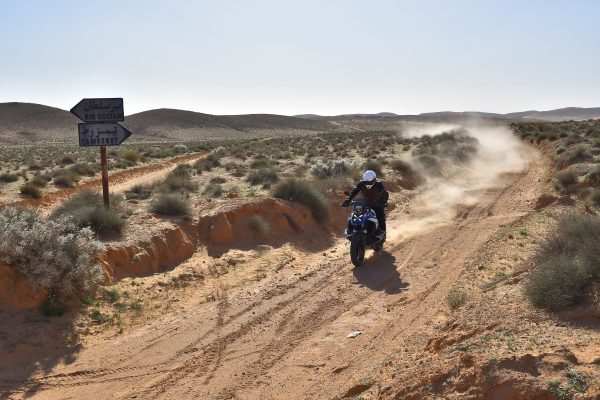
After around 1000 trouble-free kilometers in the rather monotonous and flat desert of Tunisia, the music is completely different in Morocco at the Lamas Rally a month later. The sand is much softer and allows the BMW to float only above speeds of 60 km/h. I get caught by the first tiny dune and manage to get the bike going again only with extreme effort.
The tracks in Morocco are no longer dozens or even hundreds of yards wide, but mostly narrow dirt tracks with two slightly well-trodden lanes that are great to use as berms. On these tracks, the GS reveals an astonishing manoeuvrability that allows you to dance on the track with the Boxer from one side to the other with ease. Once you have entered into symbiosis with the new 1300 on such terrain, you can hardly speak of “riding a motorbike”. At the latest, rally riding on the GS becomes a total work of art, comparable perhaps with the sound experience of “Nothing else matters”, played flawlessly on a Fender Stratocaster. The emotions trigger feelings of happiness and enthusiasm deep in the gut – not only in the rider himself, by the way, but sometimes also in those following or watching.
Like on the big dune in Merzouga, where the “Dune Contest” takes place in the evening: who will make it to the top, and if so, in what time? At first I’m reluctant, I can hardly imagine surfing the sandy mountains on such a heavy motorbike. But then I feel the supporting structure of the light brown grains and, as if pulled by a magical hand, the GS swims up the steep ramp towards the dune crest at around 80 km/h in third gear at full throttle. I’m riding way too fast and can barely make out the edge of the dune. During the panic braking, the front wheel simply dives away and I plough straight into the sand, helmet first. Our Moroccan tour guides are thrilled, no modern GS has ever been this far up here! The second attempt is better, I place the GS on the top of the dune crest with utmost precision and feel like a rally world champion for a tiny moment as my friends cheer me on….
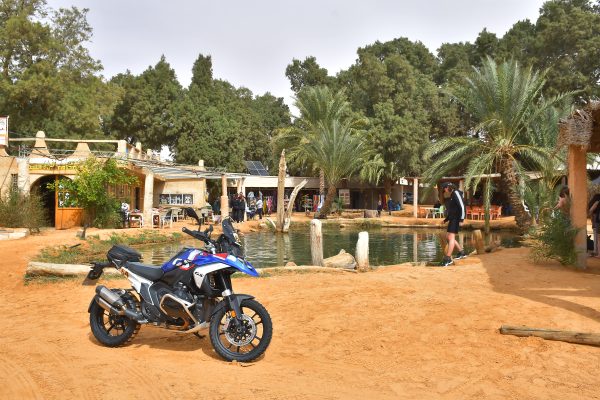
After this incisive experience, I become one with the bike, there are no more limits and riding off-road in Morocco feels like riding on a magic carpet. The movements on the pegs of the GS are similar, the Boxer can be steered with little effort and minimal weight shifting, evasive manoeuvres at the last moment are easily possible even at higher speeds to avoid stones that lie in the middle of the track.
The route leads westwards along the Algerian border, a heavy sandstorm gets in our way, the scenic experience in Morocco is overwhelming, sometimes – sorry for the cliché – you feel like you’re on the set of “Beyond Africa”. The GS is just as brilliant on the deep sandy tracks through Erg Chigaga as it is on the dry salt lake, where it smooths out almost everything at speeds of around 180 km/h. At this speed, it’s like riding in a bubble, changing your view of the world and the track as well as your perception. Heading north towards the Atlas Mountains, the trails become more challenging again, stones and rocks urge caution, and I often have to stop to memorise the incredibly beautiful panorama. A steel-blue sky above, the snow-capped mountains below, then stones and sand in all possible shades of colour between light brown, green, red and white, and finally the acacias in the riverbeds and sometimes the lush green of tiny grain fields.
The Lamas Rally is entering its romantic final phase, and there are deliberately fewer special stages during the last days so that the participants can enjoy the panorama more.
After around 3.000 km on rally tracks in Africa, I park the GS at the finish line in Er Racchidia without any technical problems. During two weeks in Africa, the bike gave me an extremely condensed series of emotions, for which I have had to use dozens of bikes almost all over the world in my motorbike career of over forty years. With decent riding skills, the GS 1300 can give you everything from a single source. That’s why the “Africa 2024 GS 1300” project will forever occupy a place at the top of my eternal list of motorbike adventures.
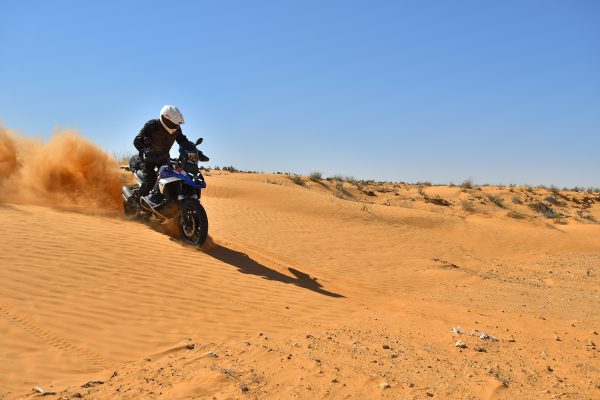
The bike
My standard GS 1300 comes with additional original equipment such as the sports suspension with 20 mm longer spring travel, the Enduro Package Pro, Dynamic Pro and DSA Dynamic Suspension Adjustment as well as the Akrapovic twin silencer and the Metzeler Karoo 4 tyres on the forged alloy off-road rims for a total price of around € 25,000.
The handlebar riser and the “normal” seat height of 850 mm mm ensure optimum ergonomics for a rider 175 cm tall.
Apart from the unbelievable performance of the engine, chassis and brakes, the following is striking:
– The small windscreen with robust support and manual adjustment is very effective
– The two air filters on the upper front of the tank are very well protected; no changes were necessary during around 3.000 km in the desert
– The position of the rear brake lever is suitable for both seated and standing riding (without adjustment)
– Thanks to the engine concept with vertical gas throttle flow and the timing chain of the right-hand cylinder at the front of the engine, the feet and legs have plenty of space and do not collide with parts of the powertrain in any situation, even off-road
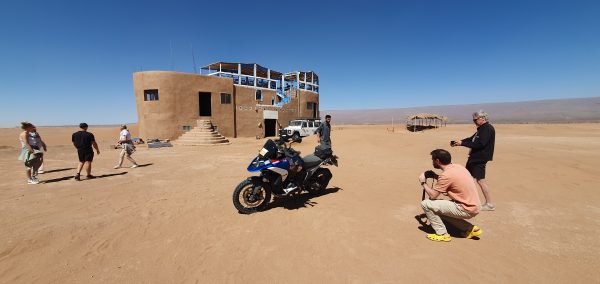
– The Pro riding modes are very efficient and useful: the hardest suspension setting was used in the sand and a medium setting was used on the rocky tracks, switching between Enduro Pro and Dynamic Pro.
– The clutch is a little rough when the engine is cold and comes on a little suddenly, so be careful when manoeuvring, but this is resolved after 20 seconds of engine running
– The rotary sensor on the side stand is completely unprotected from below and exposed to rocks, but there were no problems during our test
– Two of the three fastening screws on the rear mudguard close to the wheel were lost and have been replaced
– The small bar for operating the side stand is too close to the left footrest, and releasing it with the heel of off-road boots takes some getting used to, if not difficult
– The rubber mountings of the rear indicators were affected by repeatedly putting the bike down in the sand and began to tear.
– Two small eyelets on the rear side of the passenger grab rail would be desirable for attaching a tool bag
– The standard handguards are too low and leave the top of the hands and forearms unprotected.
– Annoying: although the traction control was eliminated in Enduro and Dynamic Pro, it had to be deactivated after every restart using the “hamburger button”. Once this was done, it also remained deactivated in Road mode, although it was activated in the Road preselection. So here, too, several buttons had to be pressed to activate it. A single button for deactivating traction control, as on the previous model, was the best solution
– Fuel consumption: between 5,5 and 6,5 lit/100 km in a mix of sand and gravel tracks
– Tyre pressures: to avoid the risk of “snakebites”, i.e. punctures, on the stony roads, we drove with pressures of 2,2 bar at the front and 2,4 bar at the rear in Tunisia. In Morocco, the extremely soft sand and dunes demanded lower pressures of down to 1,7 bar. On fast tracks and tarmac, however, the tyre pressure was adjusted to more than 2 bar.
– Other incidents/problems: none
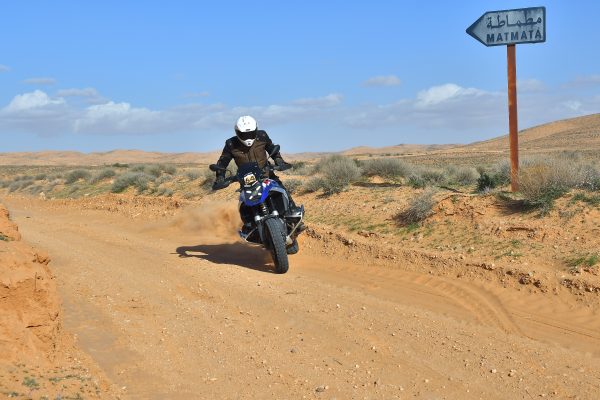
Information regarding the Events:
Swank Rally Tunisia
The Swank Rally Tunisia, which starts and finishes in the city Douz on the edge of the Tunisian Sahara, is aimed at ambitious rally riders who want to gain experience in navigating with road books and compass courses. The event is organised by rally legend Renato Zocchi, who started in the Dakar in 1984 on a Yamaha XT 600 and organised the extremely successful Sardinia Rally for a decade from the same year. The successful Yamaha works rider Alessandro Botturi was responsible for the route, while DEUS Ex Machina, the hip clothing and surf shops, trendy cafés and restaurants, helped with the organisation. Over five stages, the 2024 route covered around 750 miles, with the dune passages proving to be very challenging for the single and twin-cylinder rally bikes. The participation fee for 2024 was € 2.000 for “early riders”, plus motorbike transport and flights for a total budget of around € 4.000 for riders from Europe. Date 2025 not yet known, probably end of February.
Information: https://adventureriding.it/en/swank-rally-tunisia-eng/
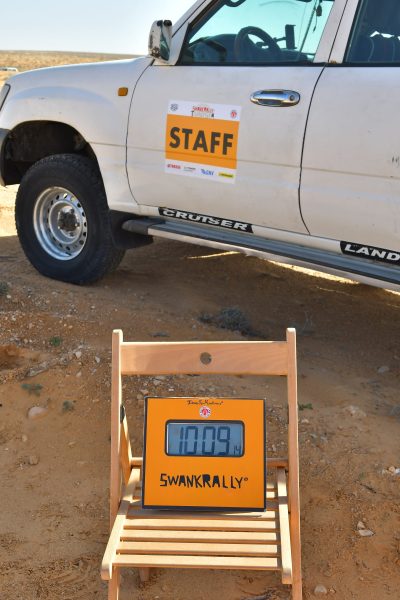
Lamas Rally Morocco
In 2016, Italian tour operator Manuel Podetti came up with the crazy idea of the Gibraltar Race: a navigated marathon rally from Greece to Gibraltar over around 10.000 km and two weeks through Europe. The “European Dakar” was born and quickly became a legend, with the event focussing on clean navigation in the special stages and not necessarily on fast times. After seven editions, Podetti is now breaking new ground but has retained the concept with the Lamas Rally in Morocco. On daily stages of around 300-400 km, the riders are only given the waypoints for the special stages and have to work out the routes themselves in order to complete them in the correct order. The total distance of the 2024 first edition was around 1,800 km with six stages, the routes and landscapes in southern Morocco are more varied and beautiful than in Tunisia, the participants are more world-travelled adventurers than hunters of special stage times. Total costs including registration, motorbike transport, flights/travel between 4000 and 500 € for riders from Europe, date 2025 probably again towards the end of March.
Information: https://lamasrally.com/
